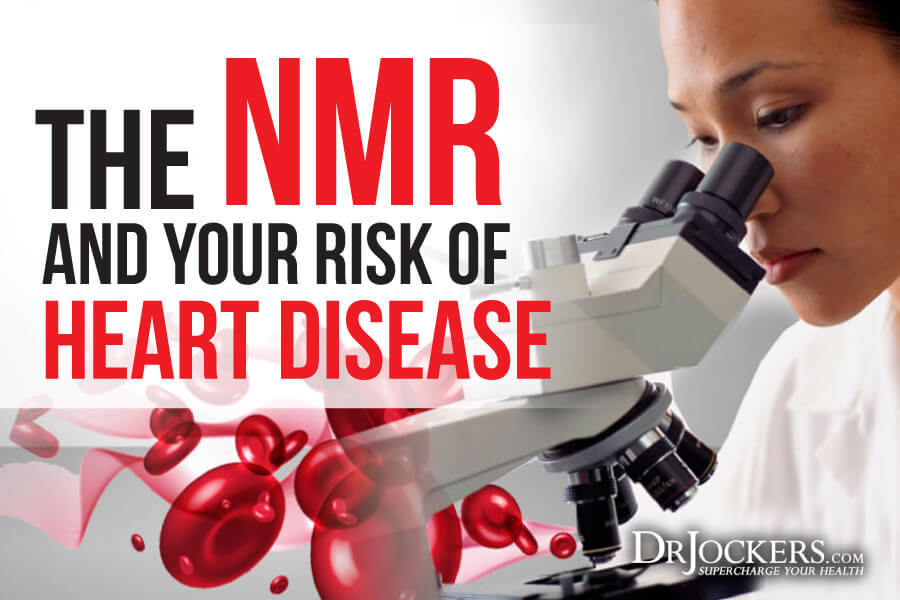
The NMR and Your Heart Disease Risk
Understanding your heart disease risk is becoming easier to ascertain. As science progresses, the level of understanding of cardiac risk factors and special testing continues to improve. Many leading health experts believe that the Nuclear Magnetic Resonance Lipoprofile (NMR) test is the most sophisticated lab for understanding cholesterol numbers and heart disease risk.
Most physicians are quite familiar with standard lipid panels that look at lipoprotein ratios. Lipoproteins are protein based molecules that carry cholesterol to and from the liver and the various cells of the body. We have several different types of lipoproteins including low-density lipoprotein (LDL – C), high density lipoprotein (HDL – C), and very low lipoprotein (VLDL-C).
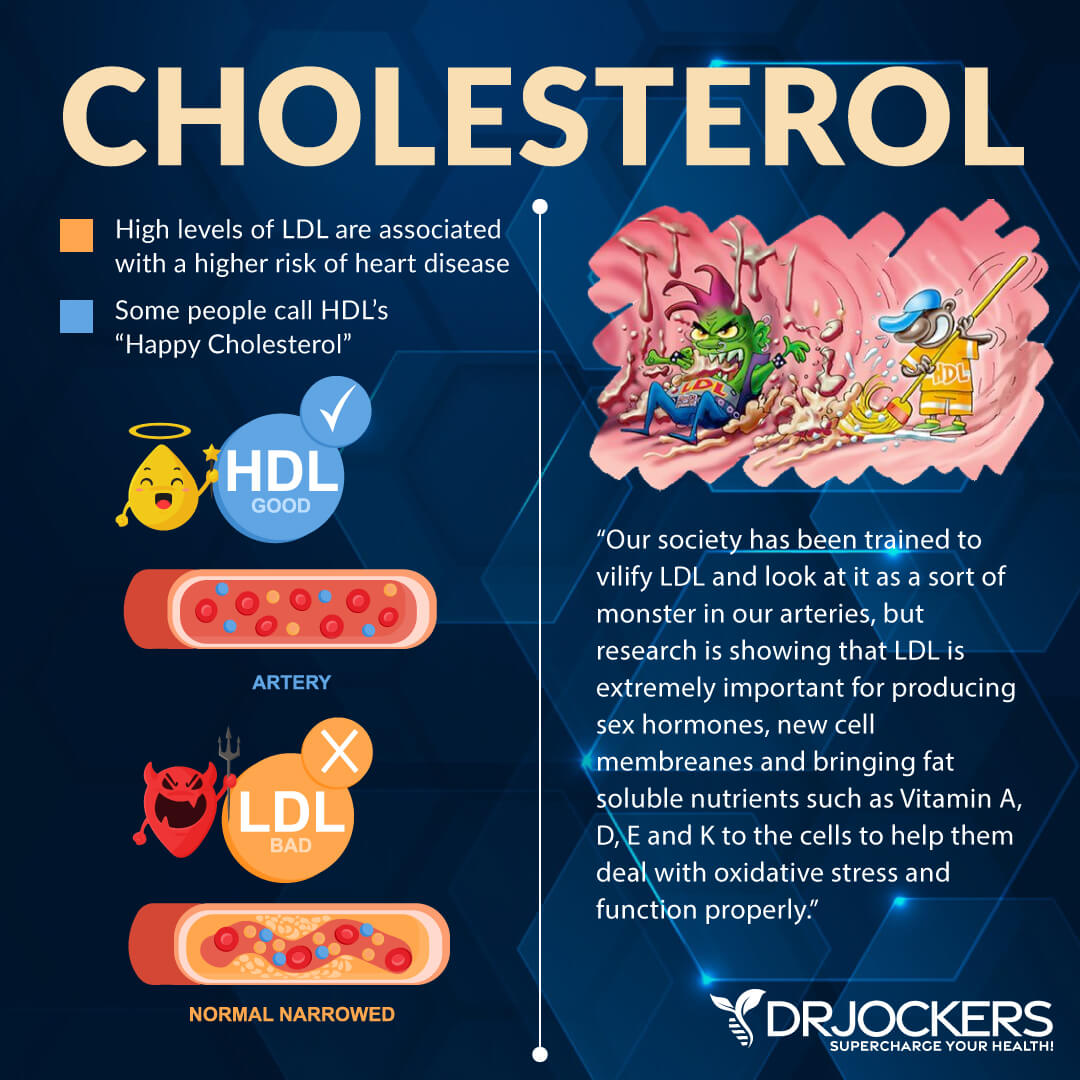
Good and Bad Cholesterol:
Most people associate LDL-C and VLDL-C as the “bad cholesterol” and HDL as the “good cholesterol,” but this isn’t necessarily the case. These are all good cholesterol as they play vital roles in hormone production, healing, and cellular regeneration (1).
However, the LDL and VLDL subtypes are highly vulnerable to oxidative stress. When the body has chronic inflammatory processes, these subtypes will be oxidized, leading to atherosclerosis of the arteries (2, 3, 4). This is a major factor in heart disease risk.
The NMR Versus Typical Lipid Panels:
The NMR uses advanced spectroscopy to uniquely provide a rapid, simultaneous, and direct measurement of LDL particle number and size of LDL particles, as well as a direct measurement of HDL and VLDL subclasses. This detailed lipoprotein particle information allows clinicians to make more effective individualized treatment decisions as compared to standard lipid panel testing (5).
This test looks at the standard lipid panel with LDL-C, HDL-C, triglycerides, and total cholesterol levels. It also looks at the overall number of LDL particles (LDL-P). This test also breaks the LDL particle into two sizes large and small LDL particles (6).
Different Types of LDL Particles:
Small, dense LDL particles have fewer antioxidants and are associated with atherosclerosis and a higher heart disease risk. Large, buoyant LDL particles are rich in antioxidants and present a much lower risk of oxidizing than small, dense LDL’s (7, 8). These large, buoyant LDL particles carry a much lower heart disease risk.
So the two major NMR numbers that are associated with atherosclerotic risk include the total LDL-P and the total small LDL particles. Someone may have high LDL on a standard lipid panel and yet have low LDL-P and large LDL particles, giving them a very low risk of cardiovascular disease.
On the flip side, someone may have normal or “healthy” LDL on the standard lipid panel but have high LDL-P and small LDL particles, increasing their heart disease risk.
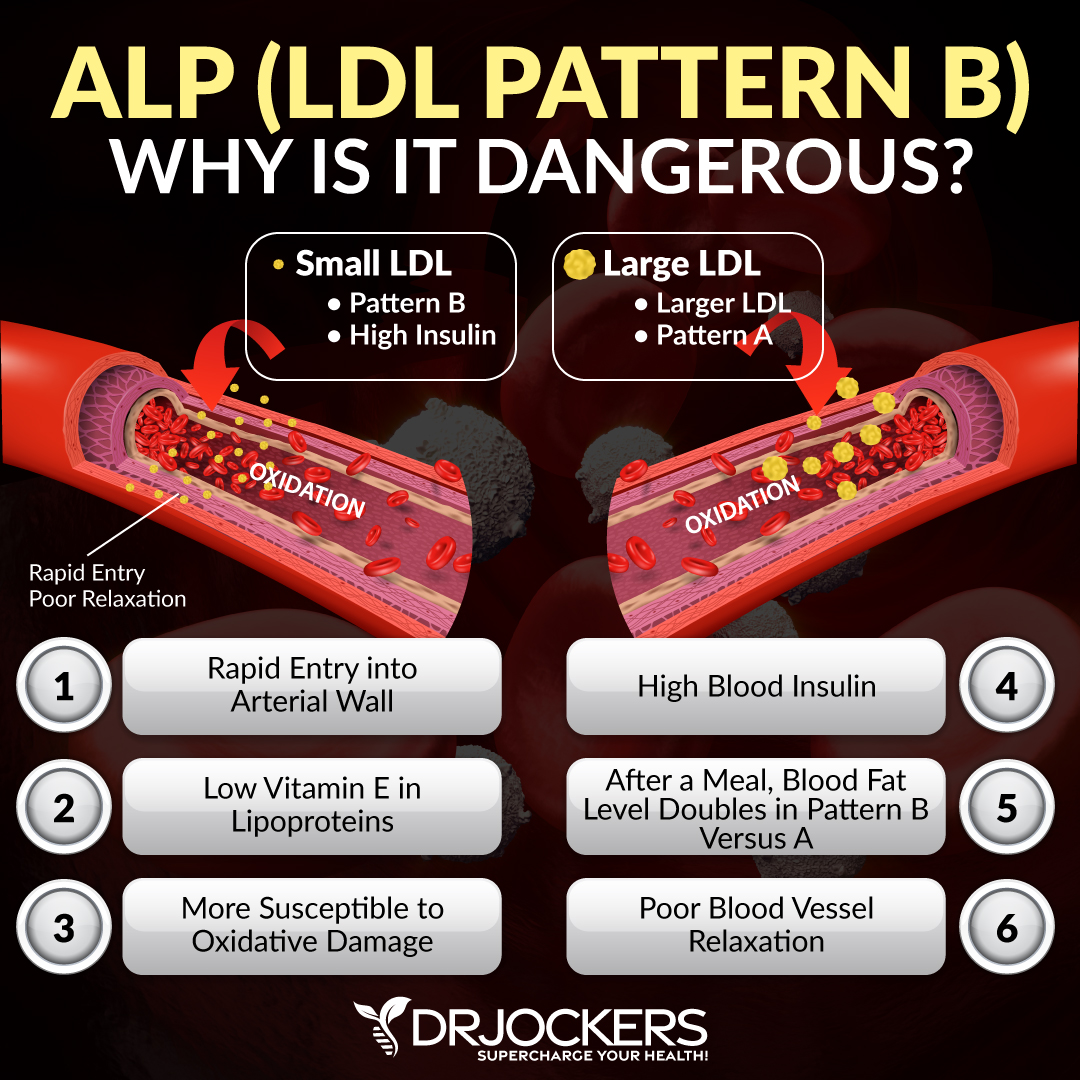
How to Interpret the NMR Lipid Profile:
The most important number to assess on the NMR is the total LDL-P. The higher the total LDL-P and small LDL particles, the greater the risk for cardiovascular disease. Optimal levels of LDL-P on the NMR test are under 1000 nmol/L.
Near optimal: 1000 – 1299 nmol/L
Borderline – High Risk: 1300-1599 nmol/L
High Risk: 1600-2000 nmol/L
Very High Risk: Greater than 2000 nmol/L
The NMR also measures small and large LDL levels. Normal or healthy ranges for small LDL particles are under 750 nmol/L. Anything above this is a high risk. Anything above 1500 nmol/L is at an extremely high risk. To understand the results, look at this detailed report.
Researchers noted that elevated small LDL particle count alone can raise heart attack risk by up to 300%, and heart attack risk is 600% higher when elevated C-reactive protein is also present (9, 10).
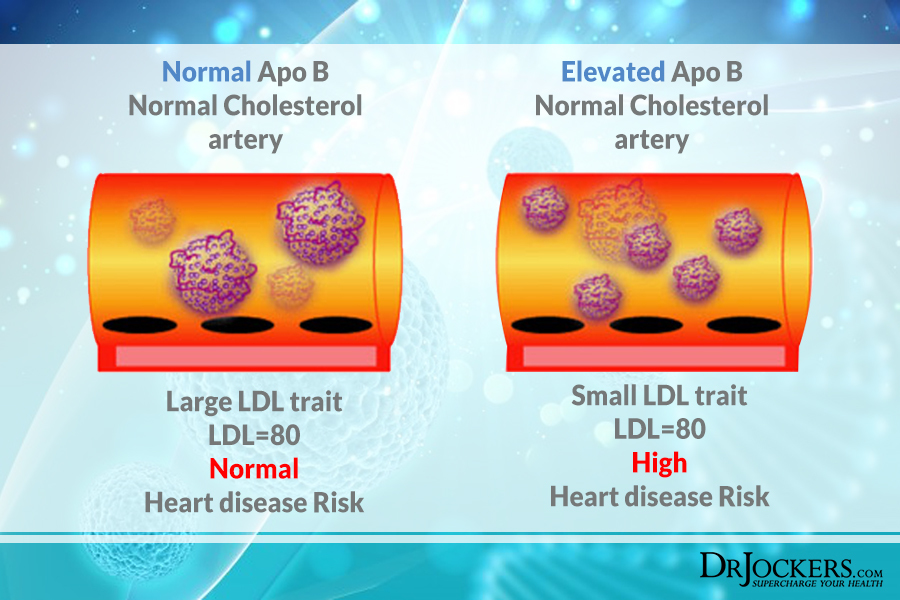
HDL Subclasses:
Like LDL, HDL has multiple subclasses. The most beneficial HDL molecule is “large” HDL, which is called HDL2b. This molecule is responsible for reverse cholesterol transport in that it extracts cholesterol from arterial plaque. This is an important protective role for preventing atherosclerosis and heart disease.
Low HDL2b typically goes hand in hand with low HDL levels. People with HDL levels below 40 mg/dL will have low HDL2b, while those with HDL above 60 mg/dL have a favorable quantity of large HDL. If levels are between 40-60 mg/dl the NMR test is helpful to determine the level of protective HDL (11, 12).
Intermediate Density Lipoprotein:
Most people are unaware of intermediate density lipoprotein (IDL), but it is a key factor in the NMR profile. IDL is a potent contributor to heart attack risk. When one has elevated IDL, it is a sign that the body is struggling to clear fat from the blood after eating (13, 14).
The longer these lipoproteins persist in the blood, the more opportunity they have to become oxidized and create plaque. According to famed cardiologist Dr. William Davis, only about 10% of those with heart disease have elevated IDL levels.
Triglycerides and VLDL Particles:
These are the most densely triglyceride packed lipoproteins. Triglycerides and VLDL particles typically have a direct relationship, where when one is elevated, the other will be too. However, there are times when triglycerides will be low and VLDL particles will be high.
VLDL circulates in the bloodstream and interacts with LDL and HDL and forcing triglycerides into the LDL and HDL particles. This is the initial step in the formation of undesirable small LDL and deficient large HDL.
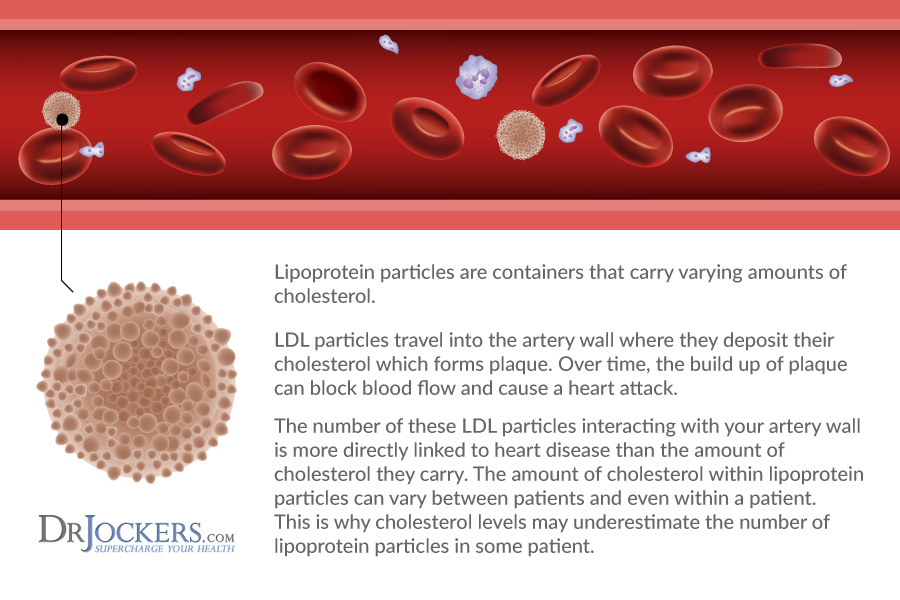
Who Should Get an NMR Test:
One would use the NMR test because it provides a more accurate picture of cardiovascular (CVD) risk than the standard lipid panel. According to a major study, 50% of the people who suffered a heart attack had normal cholesterol levels. If you have any of the conditions listed below, the NMR LipoProfle test may be right for you:
- Diabetes
- Previous heart attack
- Family history of heart attack
- High blood pressure
- Overweight/Obesity
- Cardiometabolic risk
- Metabolic syndrome
- Low HDL (dyslipidemia)
- High triglycerides
We have the NMR test as part of our CardioPower Testing, which looks at major components of cardiovascular function and heart disease risk. You can also find this test on Health Labs here
Inflammation Crushing Ebundle
The Inflammation Crushing Ebundle is designed to help you improve your brain, liver, immune system and discover the healing strategies, foods and recipes to burn fat, reduce inflammation and Thrive in Life!
As a doctor of natural medicine, I have spent the past 20 years studying the best healing strategies and worked with hundreds of coaching clients, helping them overcome chronic health conditions and optimize their overall health.
In our Inflammation Crushing Ebundle, I have put together my very best strategies to reduce inflammation and optimize your healing potential. Take a look at what you will get inside these valuable guides below!
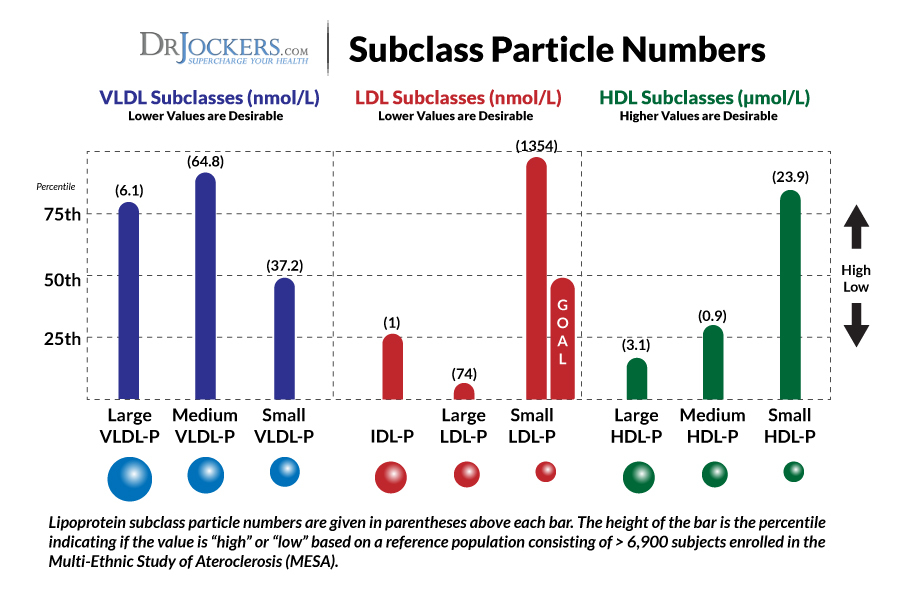
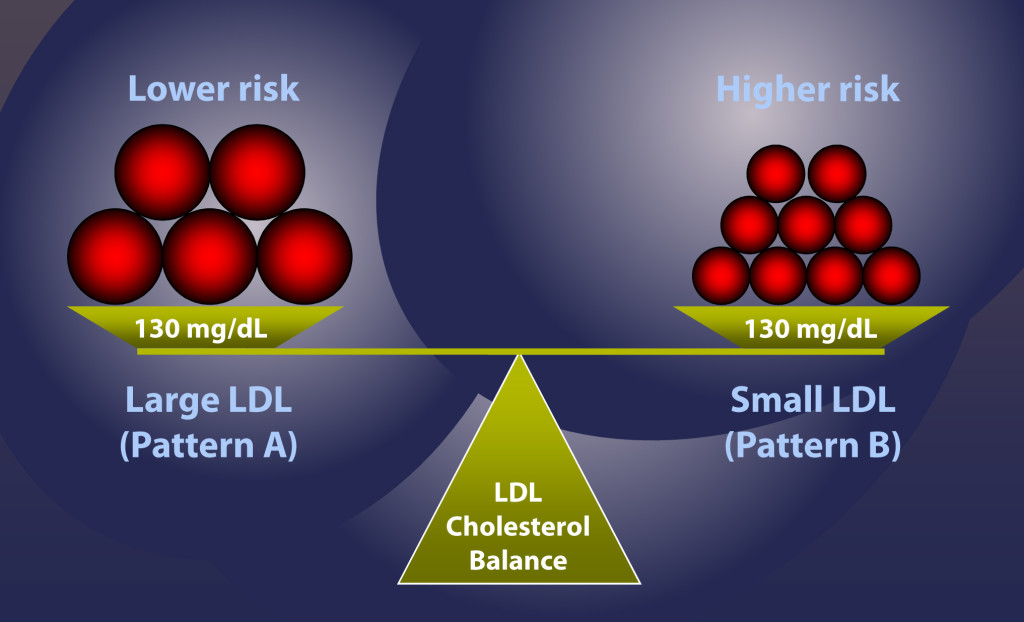
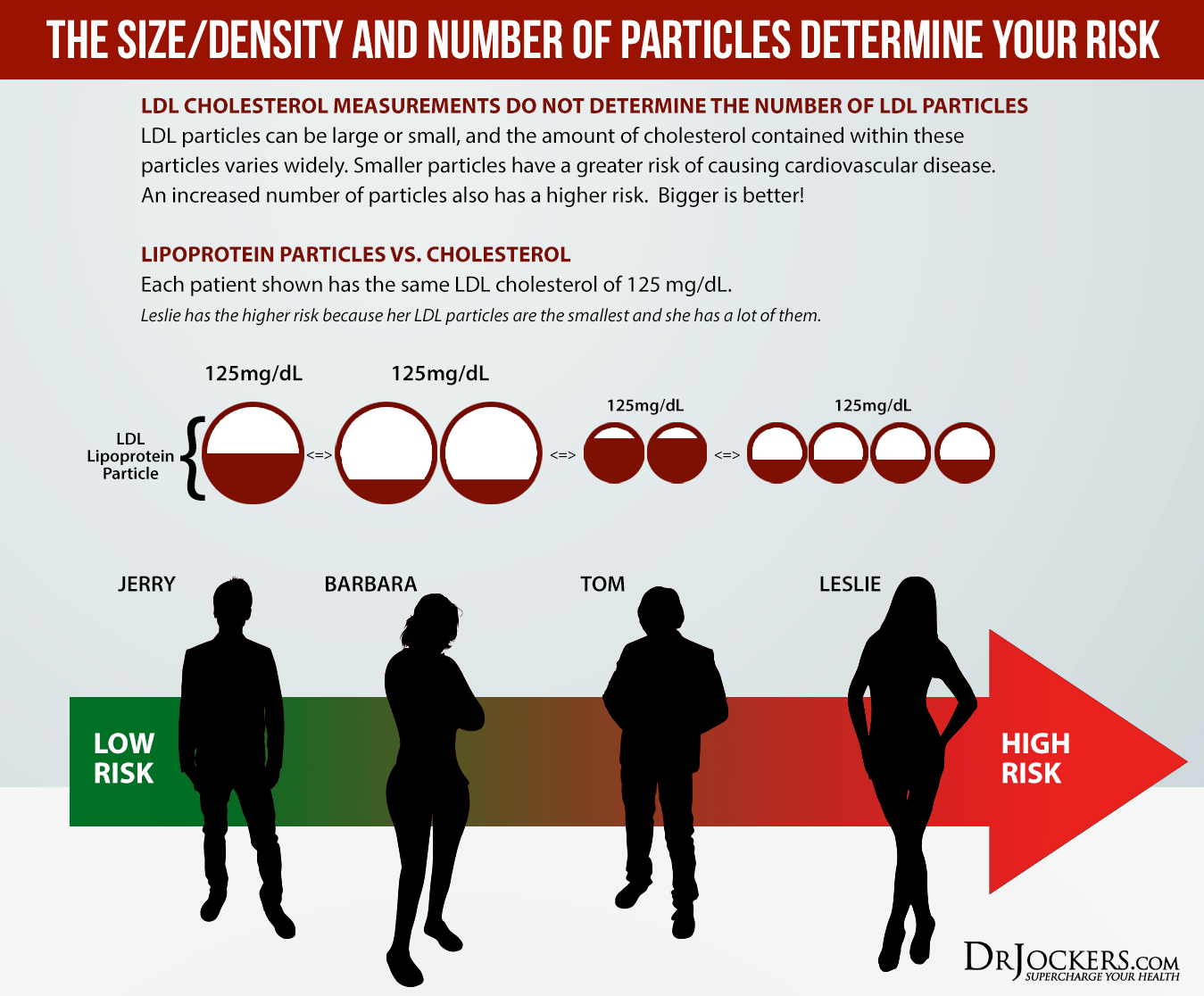
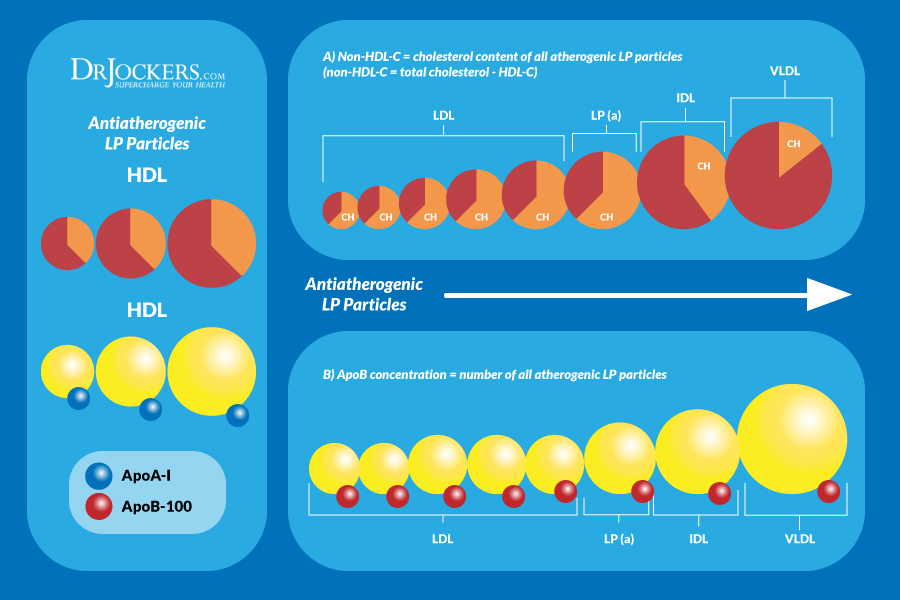





Thank you for writing such a nice and informative blog Dr. Jocker. Yes, as rightly said by you in the article, NMR test can be useful in detecting your heart problem risk. My doctor recommended me an NMR test when I started experiencing symptoms such as shortness of breath & chest pain. Following this test, my physician has devised a strict diet plan, few lifestyle changes & medications, which has helped me majorly in controlling my heart disease risk. Thanks to site like labfinder.com which made booking an NMR test as easy as just clicking.
Great to hear that Ben!
Excellent article! This site is always my first “go to” when research a subject….
One thing is still not clear to me with this NMR test. What happens when there is a high LDL-P but the size is big? On one hand there are many particles but on the other hand due to their size they can’t penetrate the arterial wall!
High LDL-P with large, fluffy LDL particles is not a concern as long as your inflammatory and oxidative stress markers are low.
LDL-P2175
LDL -C 185
HHFL -49
TRIGLYCERIDES 144
CHOLESTEROL-275
HDL-P-28.3
SMALL LDL-P 899
LDL SIZE 21.1
LP-IR – 65
Am I in serious trouble
Yes you need to get your triglycerides down and HDL up by improving your metabolic health. Here are some helpful strategies: https://drjockers.com/high-triglycerides/
Good article, thanks for writing.. I’m doing keto, am 75 yo, and having had a possible stroke years in the past. I’m off statins for 12 months, have lost 70 lbs and my Doctor wants me back on 10 mg of Crestor; I’m not in favor due to possible side effects. Any thoughts would be appreciated..
LDL -C 208
HDL-C 67
TRIGLYCERIDES 90
CHOLESTEROL-290
HDL-P- 33.1
SMALL LDL-P 659
LDL SIZE 21.6
LP-IR <25
Would definitely not to statins. Sounds like you are doing much better and your labs don’t look that bad. Your triglyceride:HDL ratio is close to 1 and that is a good sign. You should also look at your fasting insulin levels. Continue to follow a blood sugar stabilizing nutrition plan, your on the right path!
Is there anything one can do to make their LDL particle size larger ? My total cholesterol is always below 130 but particle size is B and Dr. wants me on statins but I refused … any suggestions ? My total cholesterol ratios are as they should be.
Yes follow what we discuss here: https://drjockers.com/cholesterol-what-is-it-and-what-are-healthy-levels/